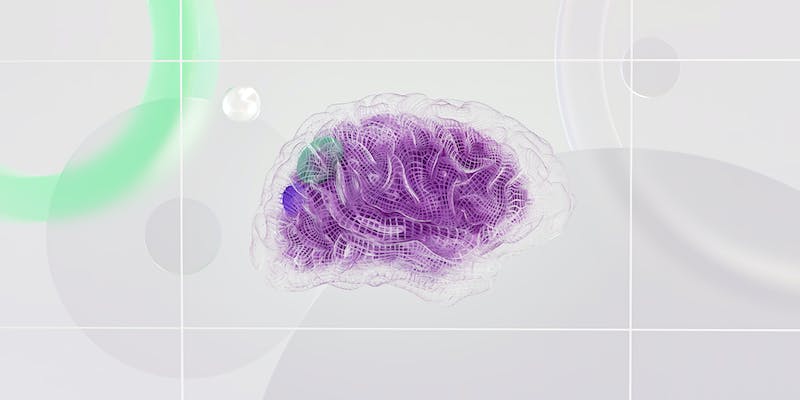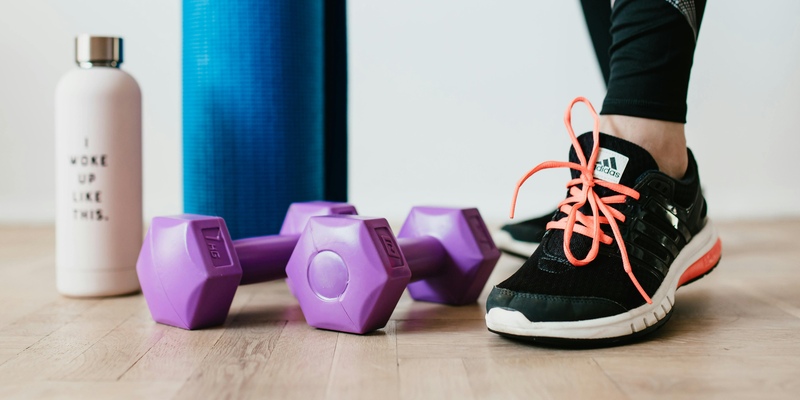Ulcerative colitis on the left side might cause symptoms comparable to other ulcerative colitis (UC). Although there is no known cure, medication may help alleviate some symptoms. Those who suffer from the illness have access to several therapy options; nevertheless, the therapies and management strategies required will differ from one instance to the next. Pain in the abdomen or rectum is one of the symptoms of left-sided ulcerative colitis, which can occur in addition to other symptoms. In most cases, medicine that reduces inflammation is used as treatment.

Ulcerative colitis is a disorder in which the colon or sections become inflamed. This can affect the whole colon. In ulcerative colitis that affects only the left side of the colon, inflammation occurs solely on that side. Another name for this condition is distal ulcerative colitis.
When you have this ulcerative colitis, the inflammation can be found from your rectum into your splenic flexure. The splenic flexure is a bend in the colon located close to the spleen. The left side of the abdomen is the location of this organ.
Additional forms of ulcerative colitis entail proctitis, where the inflammation is confined to the rectum, proctitis, and ulcerative colitis with polyps. In most cases, the number of symptoms you encounter corresponds directly to the percentage of your colon that is damaged.
Symptoms
The most frequent symptom of ulcerative colitis is diarrhea. There may also be blood in your feces. Feeling like you must go to the bathroom is a symptom of rectum damage and inflammation. Stool output, however, is often negligible when one visits the restroom. Ulcerative colitis also causes other symptoms, such as:
- cramping in the abdomen or rectal area
- a loss of appetite,
- a lack of bowel
- contractions in the rectal area
- Bleeding during defecating may indicate severe injury to the colon.
Call your doctor immediately if you notice any blood in your stools. Get immediate medical assistance if the bleeding appears to be significant.
Diagnosis
First and foremost, successfully treating left-sided colitis is a correct diagnosis. Endoscopy is a standard medical procedure used to examine the colon; a camera takes pictures of the colon's inside during this procedure. The doctor can spot inflammatory symptoms in the endoscopic pictures, including redness, swelling, and other abnormalities. In left-sided colitis, symptoms disappear after the camera moves through the splenic flexure. By understanding this, doctors can better diagnose cases of left-sided colitis as distinct from other types of ulcerative colitis.
Treatment
Many variables influence how ulcerative colitis of the left side is treated. Treatment choices may vary depending on the severity of symptoms and how well a person reacts to drugs.
Medications
Currently, the medication is the go-to therapy for ulcerative colitis. Medicines may be prescribed in different forms depending on the location of the colon where they are most needed and verified as Reliable. Doctors will give medicine for left-sided colitis based on the severity of the symptoms.Left-sided ulcerative colitis treatment options include:

Sodium 5-aminosalicylate
5-aminosalicylic acid (5-ASA) aminosalicylates help reduce colon inflammation. A Reliable Resource for Anyone Suffering with Left-Sided Ulcerative Colitis. For patients with left-sided colitis, rectal 5-ASA medication may be more beneficial than oral therapy, according to a 2019 study.
Corticosteroids
Although 5-ASA is usually adequate, some still need to benefit from it. In such cases, doctors often prescribe corticosteroids for inflammation management. Oral corticosteroids are commonly used in conjunction with 5-ASA for enhanced efficacy.
Immunosuppressants
The inflammatory proteins in ulcerative colitis are the targets of immunosuppressant drugs.
Biologics
Biologics are anti-inflammatory drugs that inhibit the production of tumor necrosis factor (TNF), a protein the immune system produces.
Inhibitors of JAK
As a class of drugs, Janus kinase inhibitors (JAK inhibitors) function rapidly to halt the body's inflammatory response. These tiny chemicals are absorbed by the digestive system and carried throughout the body via the blood.The FDA has authorized two JAK inhibitors for the treatment of moderate to severe ulcerative colitis:
If you've tried one or more TNF blockers for your ulcerative colitis and they didn't work or couldn't handle them, you may want to try Rinvoq (Upadacitinib).
Tofacitinib (Xeljanz) is a tablet form of tofacitinib that has shown promise in treating ulcerative colitis.
Treatment for severe colitis often involves hospitalization. In hospitals, symptoms can be managed with intravenous medicines and steroids.
Part of the colon may need to be removed in highly unusual circumstances, usually when there is extensive injury, inflammation, or bleeding in the region.







